Blog
The Benefits of Adding Roof Lighting to Your Home
The Benefits of Adding Roof Lighting to Your Home
The Benefits of Adding Roof Lighting to Your Home

Roof Lighting refers to many different types of products from permanent holiday/accent lighting to peak or gable lighting for holidays such as Christmas. Typically, you’ll find LED color-changing lights as installation options for roof lights. You can also add spotlights to enhance your roof.
Roof lighting is a great addition to any landscape lighting design plan, but it’s going to take some research before getting started. Before running out and buying the first roof lights you see, there are several things to consider. Let’s look at what roof lights are and how JellyFish Lighting can help you find the perfect fit.
What is roof lighting?
To start, it’s important to note that roof lighting encompasses several types of lighting. Roof lighting refers to lights that run along the eaves of the home or on top of the roof runing on the peaks or gables. This type of lighting is used for illumination, security, and decorations. Typically, roof lighting is associated with the holiday season, but it can be used year-round to make your home stand out amongst your neighbors.
So, simply put, roof lighting is a type of lighting installed on the roof. It’s generally installed in peaks or gables, and illuminates the architecture of your home. There’s a wide selection when it comes to roof lights, so let’s look at some of the popular options.
Roof types
Before you get into roof light styles, you’ll need to know what type of roof you have. This will help you make decisions on roof lights and the landscape plan. There are two main types of roofs: pitched and flat.
Pitched Roof
A pitched roof is a common type of roof that has a downward slope. It has peaks that are pointed to give the roof depth and a more interesting design. A pitched roof also has gables, which are the prime vessel for roof lights such as color-changing string lights.
Pitched roofs have great curb appeal and can last up to 20 years with proper care. The sloped design helps let rain and snow slide off, which will also protect your roof lights.
Flat Roof
A flat roof is the opposite of a pitched roof. There are no peaks, and will look flat. The flat roof is usually seen on commercial buildings, but occasionally on homes. Sometimes they will have a slight slope, but just enough for precipitation to drip down. You may find roof lights on this type of roof, but only on the edges.
Roof Window
While not a roof style, roof windows are part of a roof that could affect your landscape lighting decisions. A roof window is a window that opens outward and is part of a pitched roof design. While it can easily be mistaken for a skylight, a roof window is different.
Skylights don’t open, while a roof window does to allow fresh air in. Consider where your roof windows are when deciding on your lighting layout for the house.
Roof light styles
String Lights
String lighting is the most common type of lighting on a roof. With the invention of smart lights and LED bulbs, you’re no longer restricted to one set of colors. You can keep your roof lights up all year with color-changing lights.
String lights are also versatile in that you can customize them during installation. Changing the colors will wow your visitors, no matter the time of year.
Ceiling Lights
Outdoor ceiling lights are a great option for lighting your patio. They hang close to the ceiling, or can be built in, which is known as recessed lighting. Ceiling lights usually use flush mounts to keep them close to the ceiling with the light shining down. There are plenty of designs to choose from to fit your style.
Soffit Lighting
Soffit lighting is a type of lighting designed to be installed in overhangs. So, it’s perfect for downlighting on a roof. Recessed lights are a popular option for soffits, and are less intense than spotlights.
Gutter Lights
Another option to consider is installing gutter light fixtures. This is an option for adding more spotlights to your roof. Gutter lights must be water resistant since they’re likely to be exposed to more rain due to their placement.
What’s the best voltage for roof lighting?
The best voltage for roof lights will depend on where you’re installing them. For residential roof lights, 120V should do the trick. This voltage suggestion also goes for ceiling lights.
When it comes to outdoor lighting, it’s best to go with low voltage. It’s energy efficient and a safer option for lighting that will be exposed to the elements. It also lowers the risk of electric shock, and your lights may last longer.
Designing roof lighting
Once you’ve decided on a roof light style, it’s time to get to work on design. Remember that you don’t want to climb up a ladder with a staple gun like your uncle did during the holidays. Hiring a professional may be your best bet if you plan an intricate display with accent lighting.
When installing smart roof lighting, you’ll have control over each light. This makes accent lighting easy to achieve, and you can change the look of your house whenever you want. With JellyFish Lighting, you can control each light to create different styles. For example, our accent lighting guide has several examples of how to do this.
Permanent roof lights can be a direct replacement for temporary holiday lighting if installed properly. It’s always important to start with a plan before making decisions.
Knowing the areas you want to light will help you figure out which roof lights are the best option for you. For example, string lights attached to the peaks may not be enough, so you may also incorporate wall lights on your porch. Things to consider when crafting your roof light design are:
Make sure lighting is even across the entire house
Illuminate dark corners
Focus on the unique features in your yard
Take advantage of roof peaks
Can I keep roof lights up all year?
Yes, they can. JellyFish Lighting specializes in permanent LED lights that can be installed on your roof. It’s perfectly safe to keep lights designed to be outdoors all year, no matter what climate you live in.
Not all roof lights are created equal, so you will want to make sure you install lights that are designed to be up permanently. For example, the string lights you bought for the holidays at Target last year are not equipped to withstand the elements for 365 consecutive days.
JellyFish Lighting offers permanent holiday lights that can be used throughout the year and are safe to keep installed.
Ready to install roof lights? JellyFish Lighting can help.
The bottom line is that roof lighting is a great way to spruce up the exterior of your house. You can also eliminate the time and hassle of hanging up holiday lights every year with a permanent option from JellyFish Lighting.
Not only do we offer permanent color-changing LED lights, but we we have several guides on our website that can help you figure out the best roof light options for your home. We want you to feel good about how your home looks with professional lighting services.
JellyFish Lighting offers permanent roof light solutions and a team of professionals to install them. Contact JellyFish Lighting to get started.
Roof Lighting refers to many different types of products from permanent holiday/accent lighting to peak or gable lighting for holidays such as Christmas. Typically, you’ll find LED color-changing lights as installation options for roof lights. You can also add spotlights to enhance your roof.
Roof lighting is a great addition to any landscape lighting design plan, but it’s going to take some research before getting started. Before running out and buying the first roof lights you see, there are several things to consider. Let’s look at what roof lights are and how JellyFish Lighting can help you find the perfect fit.
What is roof lighting?
To start, it’s important to note that roof lighting encompasses several types of lighting. Roof lighting refers to lights that run along the eaves of the home or on top of the roof runing on the peaks or gables. This type of lighting is used for illumination, security, and decorations. Typically, roof lighting is associated with the holiday season, but it can be used year-round to make your home stand out amongst your neighbors.
So, simply put, roof lighting is a type of lighting installed on the roof. It’s generally installed in peaks or gables, and illuminates the architecture of your home. There’s a wide selection when it comes to roof lights, so let’s look at some of the popular options.
Roof types
Before you get into roof light styles, you’ll need to know what type of roof you have. This will help you make decisions on roof lights and the landscape plan. There are two main types of roofs: pitched and flat.
Pitched Roof
A pitched roof is a common type of roof that has a downward slope. It has peaks that are pointed to give the roof depth and a more interesting design. A pitched roof also has gables, which are the prime vessel for roof lights such as color-changing string lights.
Pitched roofs have great curb appeal and can last up to 20 years with proper care. The sloped design helps let rain and snow slide off, which will also protect your roof lights.
Flat Roof
A flat roof is the opposite of a pitched roof. There are no peaks, and will look flat. The flat roof is usually seen on commercial buildings, but occasionally on homes. Sometimes they will have a slight slope, but just enough for precipitation to drip down. You may find roof lights on this type of roof, but only on the edges.
Roof Window
While not a roof style, roof windows are part of a roof that could affect your landscape lighting decisions. A roof window is a window that opens outward and is part of a pitched roof design. While it can easily be mistaken for a skylight, a roof window is different.
Skylights don’t open, while a roof window does to allow fresh air in. Consider where your roof windows are when deciding on your lighting layout for the house.
Roof light styles
String Lights
String lighting is the most common type of lighting on a roof. With the invention of smart lights and LED bulbs, you’re no longer restricted to one set of colors. You can keep your roof lights up all year with color-changing lights.
String lights are also versatile in that you can customize them during installation. Changing the colors will wow your visitors, no matter the time of year.
Ceiling Lights
Outdoor ceiling lights are a great option for lighting your patio. They hang close to the ceiling, or can be built in, which is known as recessed lighting. Ceiling lights usually use flush mounts to keep them close to the ceiling with the light shining down. There are plenty of designs to choose from to fit your style.
Soffit Lighting
Soffit lighting is a type of lighting designed to be installed in overhangs. So, it’s perfect for downlighting on a roof. Recessed lights are a popular option for soffits, and are less intense than spotlights.
Gutter Lights
Another option to consider is installing gutter light fixtures. This is an option for adding more spotlights to your roof. Gutter lights must be water resistant since they’re likely to be exposed to more rain due to their placement.
What’s the best voltage for roof lighting?
The best voltage for roof lights will depend on where you’re installing them. For residential roof lights, 120V should do the trick. This voltage suggestion also goes for ceiling lights.
When it comes to outdoor lighting, it’s best to go with low voltage. It’s energy efficient and a safer option for lighting that will be exposed to the elements. It also lowers the risk of electric shock, and your lights may last longer.
Designing roof lighting
Once you’ve decided on a roof light style, it’s time to get to work on design. Remember that you don’t want to climb up a ladder with a staple gun like your uncle did during the holidays. Hiring a professional may be your best bet if you plan an intricate display with accent lighting.
When installing smart roof lighting, you’ll have control over each light. This makes accent lighting easy to achieve, and you can change the look of your house whenever you want. With JellyFish Lighting, you can control each light to create different styles. For example, our accent lighting guide has several examples of how to do this.
Permanent roof lights can be a direct replacement for temporary holiday lighting if installed properly. It’s always important to start with a plan before making decisions.
Knowing the areas you want to light will help you figure out which roof lights are the best option for you. For example, string lights attached to the peaks may not be enough, so you may also incorporate wall lights on your porch. Things to consider when crafting your roof light design are:
Make sure lighting is even across the entire house
Illuminate dark corners
Focus on the unique features in your yard
Take advantage of roof peaks
Can I keep roof lights up all year?
Yes, they can. JellyFish Lighting specializes in permanent LED lights that can be installed on your roof. It’s perfectly safe to keep lights designed to be outdoors all year, no matter what climate you live in.
Not all roof lights are created equal, so you will want to make sure you install lights that are designed to be up permanently. For example, the string lights you bought for the holidays at Target last year are not equipped to withstand the elements for 365 consecutive days.
JellyFish Lighting offers permanent holiday lights that can be used throughout the year and are safe to keep installed.
Ready to install roof lights? JellyFish Lighting can help.
The bottom line is that roof lighting is a great way to spruce up the exterior of your house. You can also eliminate the time and hassle of hanging up holiday lights every year with a permanent option from JellyFish Lighting.
Not only do we offer permanent color-changing LED lights, but we we have several guides on our website that can help you figure out the best roof light options for your home. We want you to feel good about how your home looks with professional lighting services.
JellyFish Lighting offers permanent roof light solutions and a team of professionals to install them. Contact JellyFish Lighting to get started.
Roof Lighting refers to many different types of products from permanent holiday/accent lighting to peak or gable lighting for holidays such as Christmas. Typically, you’ll find LED color-changing lights as installation options for roof lights. You can also add spotlights to enhance your roof.
Roof lighting is a great addition to any landscape lighting design plan, but it’s going to take some research before getting started. Before running out and buying the first roof lights you see, there are several things to consider. Let’s look at what roof lights are and how JellyFish Lighting can help you find the perfect fit.
What is roof lighting?
To start, it’s important to note that roof lighting encompasses several types of lighting. Roof lighting refers to lights that run along the eaves of the home or on top of the roof runing on the peaks or gables. This type of lighting is used for illumination, security, and decorations. Typically, roof lighting is associated with the holiday season, but it can be used year-round to make your home stand out amongst your neighbors.
So, simply put, roof lighting is a type of lighting installed on the roof. It’s generally installed in peaks or gables, and illuminates the architecture of your home. There’s a wide selection when it comes to roof lights, so let’s look at some of the popular options.
Roof types
Before you get into roof light styles, you’ll need to know what type of roof you have. This will help you make decisions on roof lights and the landscape plan. There are two main types of roofs: pitched and flat.
Pitched Roof
A pitched roof is a common type of roof that has a downward slope. It has peaks that are pointed to give the roof depth and a more interesting design. A pitched roof also has gables, which are the prime vessel for roof lights such as color-changing string lights.
Pitched roofs have great curb appeal and can last up to 20 years with proper care. The sloped design helps let rain and snow slide off, which will also protect your roof lights.
Flat Roof
A flat roof is the opposite of a pitched roof. There are no peaks, and will look flat. The flat roof is usually seen on commercial buildings, but occasionally on homes. Sometimes they will have a slight slope, but just enough for precipitation to drip down. You may find roof lights on this type of roof, but only on the edges.
Roof Window
While not a roof style, roof windows are part of a roof that could affect your landscape lighting decisions. A roof window is a window that opens outward and is part of a pitched roof design. While it can easily be mistaken for a skylight, a roof window is different.
Skylights don’t open, while a roof window does to allow fresh air in. Consider where your roof windows are when deciding on your lighting layout for the house.
Roof light styles
String Lights
String lighting is the most common type of lighting on a roof. With the invention of smart lights and LED bulbs, you’re no longer restricted to one set of colors. You can keep your roof lights up all year with color-changing lights.
String lights are also versatile in that you can customize them during installation. Changing the colors will wow your visitors, no matter the time of year.
Ceiling Lights
Outdoor ceiling lights are a great option for lighting your patio. They hang close to the ceiling, or can be built in, which is known as recessed lighting. Ceiling lights usually use flush mounts to keep them close to the ceiling with the light shining down. There are plenty of designs to choose from to fit your style.
Soffit Lighting
Soffit lighting is a type of lighting designed to be installed in overhangs. So, it’s perfect for downlighting on a roof. Recessed lights are a popular option for soffits, and are less intense than spotlights.
Gutter Lights
Another option to consider is installing gutter light fixtures. This is an option for adding more spotlights to your roof. Gutter lights must be water resistant since they’re likely to be exposed to more rain due to their placement.
What’s the best voltage for roof lighting?
The best voltage for roof lights will depend on where you’re installing them. For residential roof lights, 120V should do the trick. This voltage suggestion also goes for ceiling lights.
When it comes to outdoor lighting, it’s best to go with low voltage. It’s energy efficient and a safer option for lighting that will be exposed to the elements. It also lowers the risk of electric shock, and your lights may last longer.
Designing roof lighting
Once you’ve decided on a roof light style, it’s time to get to work on design. Remember that you don’t want to climb up a ladder with a staple gun like your uncle did during the holidays. Hiring a professional may be your best bet if you plan an intricate display with accent lighting.
When installing smart roof lighting, you’ll have control over each light. This makes accent lighting easy to achieve, and you can change the look of your house whenever you want. With JellyFish Lighting, you can control each light to create different styles. For example, our accent lighting guide has several examples of how to do this.
Permanent roof lights can be a direct replacement for temporary holiday lighting if installed properly. It’s always important to start with a plan before making decisions.
Knowing the areas you want to light will help you figure out which roof lights are the best option for you. For example, string lights attached to the peaks may not be enough, so you may also incorporate wall lights on your porch. Things to consider when crafting your roof light design are:
Make sure lighting is even across the entire house
Illuminate dark corners
Focus on the unique features in your yard
Take advantage of roof peaks
Can I keep roof lights up all year?
Yes, they can. JellyFish Lighting specializes in permanent LED lights that can be installed on your roof. It’s perfectly safe to keep lights designed to be outdoors all year, no matter what climate you live in.
Not all roof lights are created equal, so you will want to make sure you install lights that are designed to be up permanently. For example, the string lights you bought for the holidays at Target last year are not equipped to withstand the elements for 365 consecutive days.
JellyFish Lighting offers permanent holiday lights that can be used throughout the year and are safe to keep installed.
Ready to install roof lights? JellyFish Lighting can help.
The bottom line is that roof lighting is a great way to spruce up the exterior of your house. You can also eliminate the time and hassle of hanging up holiday lights every year with a permanent option from JellyFish Lighting.
Not only do we offer permanent color-changing LED lights, but we we have several guides on our website that can help you figure out the best roof light options for your home. We want you to feel good about how your home looks with professional lighting services.
JellyFish Lighting offers permanent roof light solutions and a team of professionals to install them. Contact JellyFish Lighting to get started.
Are Permanent Christmas Lights Worth It?
Are Permanent Christmas Lights Worth It?
Are Permanent Christmas Lights Worth It?
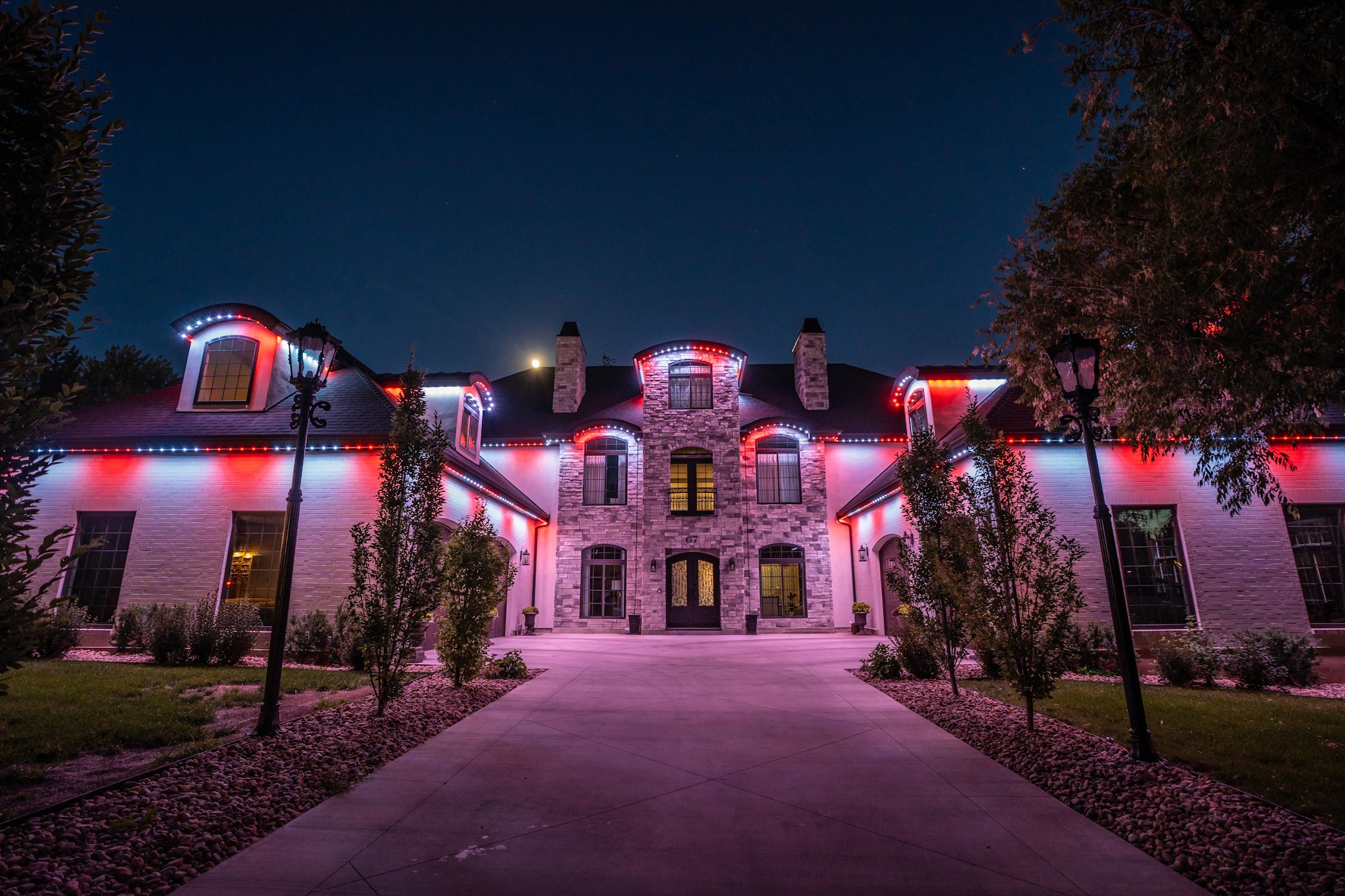





Illuminate Your Love Story: Transforming Wedding Venues with JellyFish Lighting
Illuminate Your Love Story: Transforming Wedding Venues with JellyFish Lighting
Illuminate Your Love Story: Transforming Wedding Venues with JellyFish Lighting
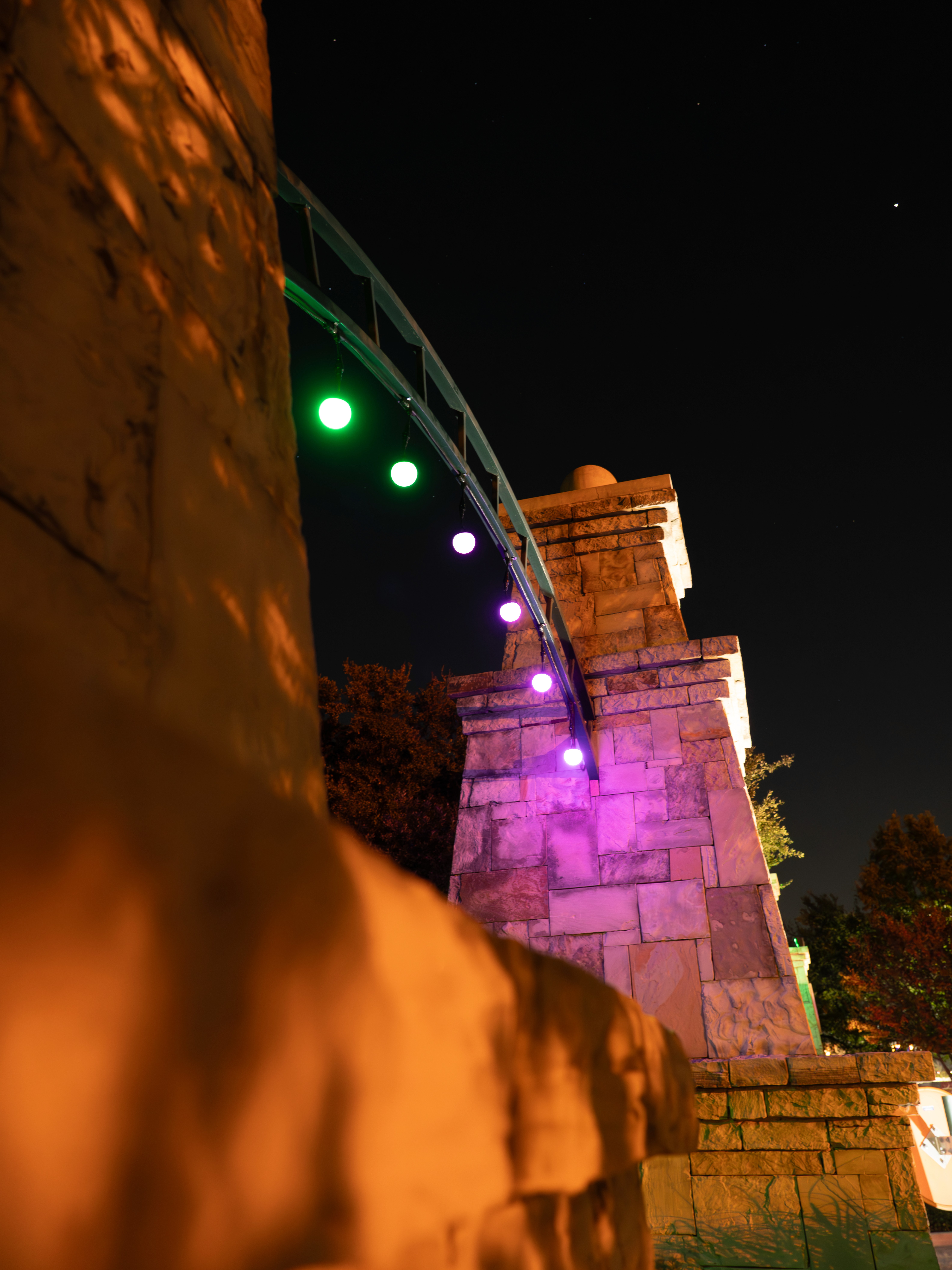





Illuminating Thrills: How JellyFish Lighting Enhances Amusement Park Experiences
Illuminating Thrills: How JellyFish Lighting Enhances Amusement Park Experiences
Illuminating Thrills: How JellyFish Lighting Enhances Amusement Park Experiences
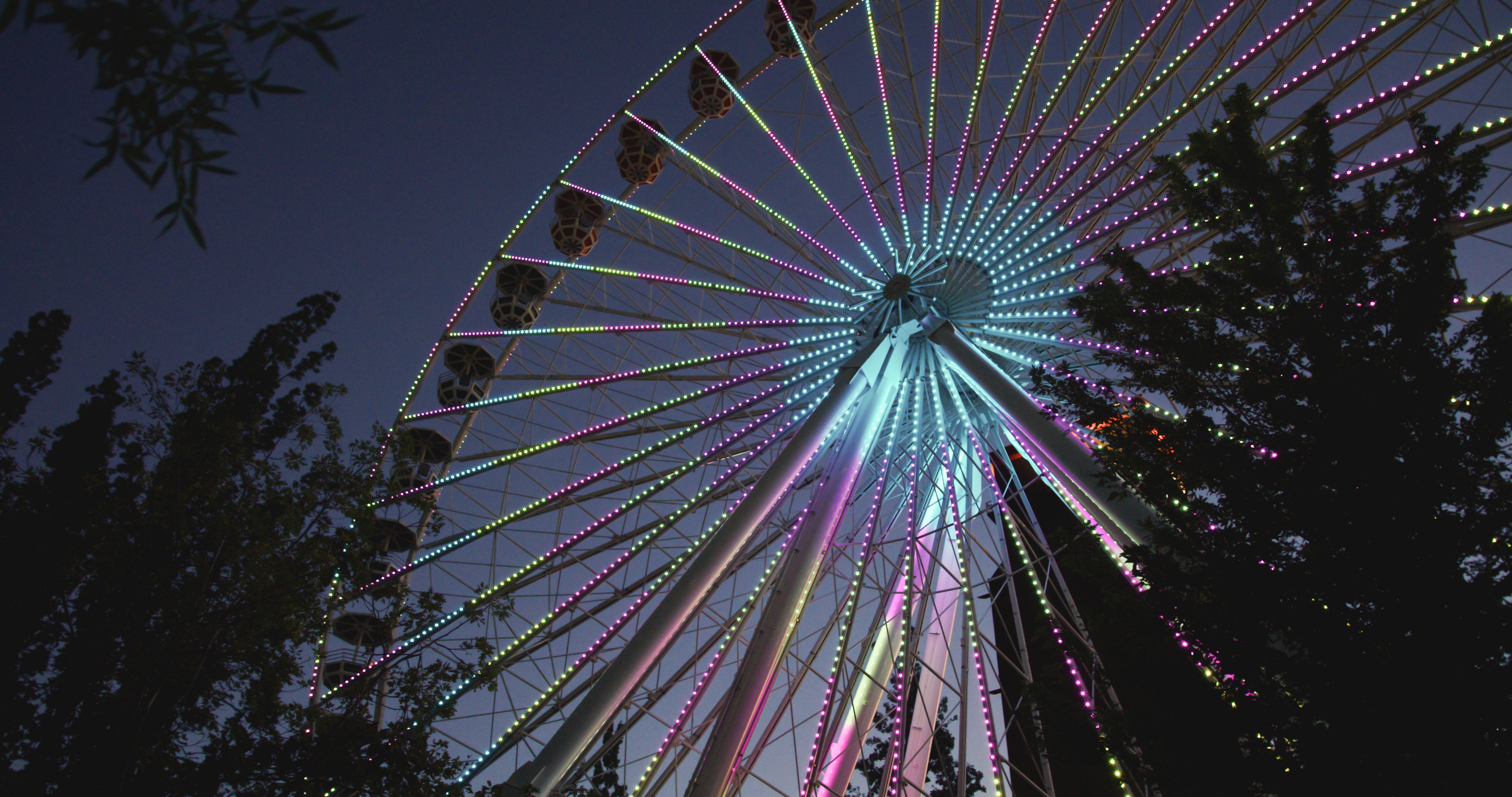





Announcing JellyFish Cloud 2.0
Announcing JellyFish Cloud 2.0
Announcing JellyFish Cloud 2.0
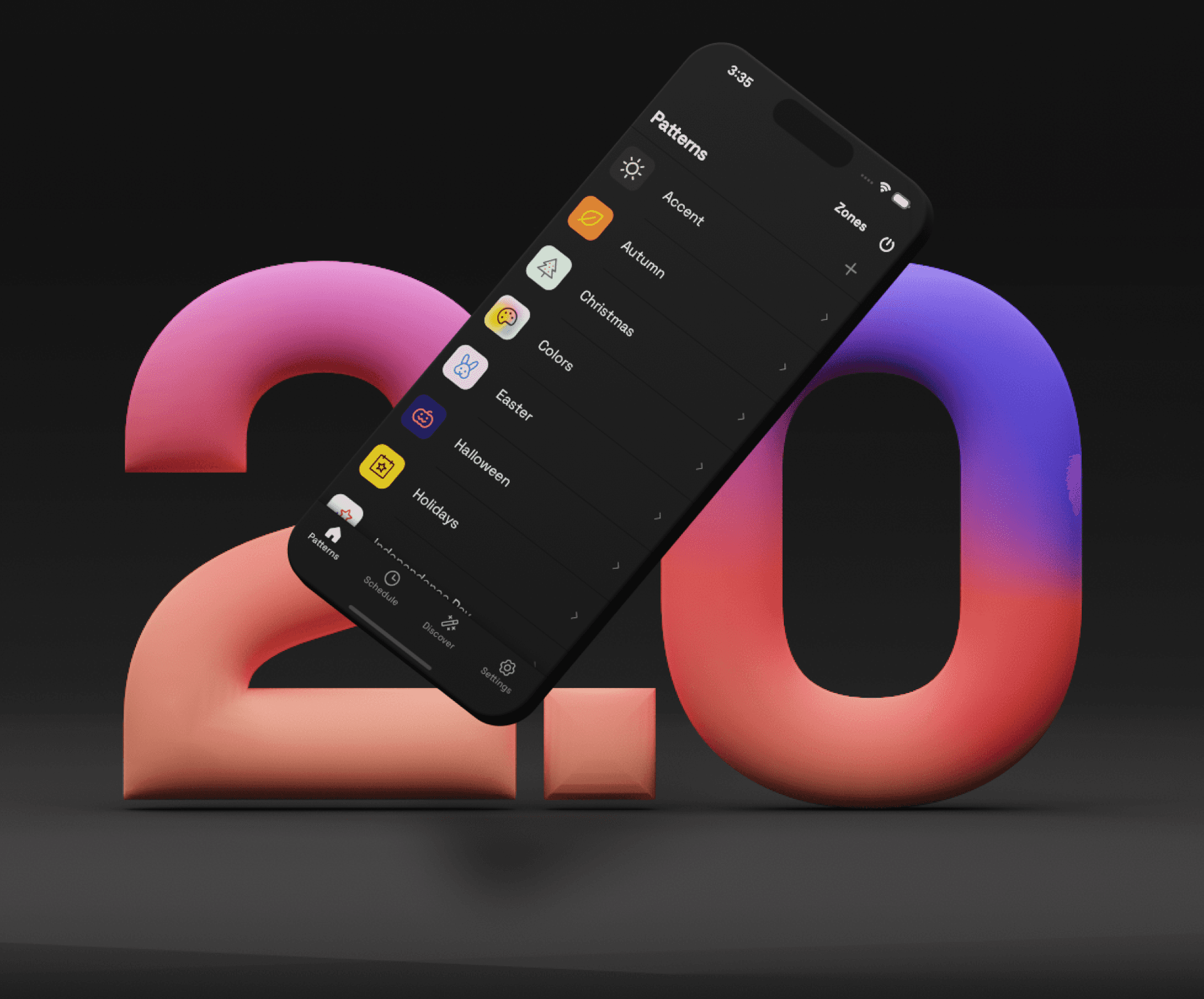





How do Soffit Lights compare to Permanent LED Holiday Lighting?
How do Soffit Lights compare to Permanent LED Holiday Lighting?
How do Soffit Lights compare to Permanent LED Holiday Lighting?
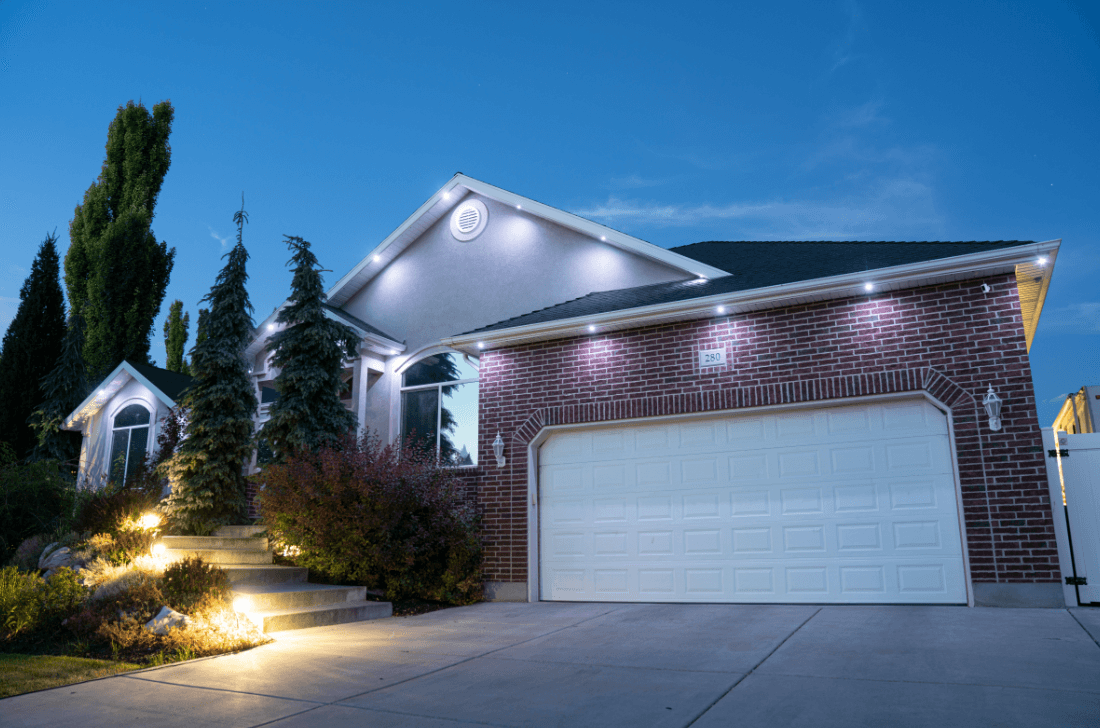





Brighten Home Life With The Right House Lights
Brighten Home Life With The Right House Lights
Brighten Home Life With The Right House Lights
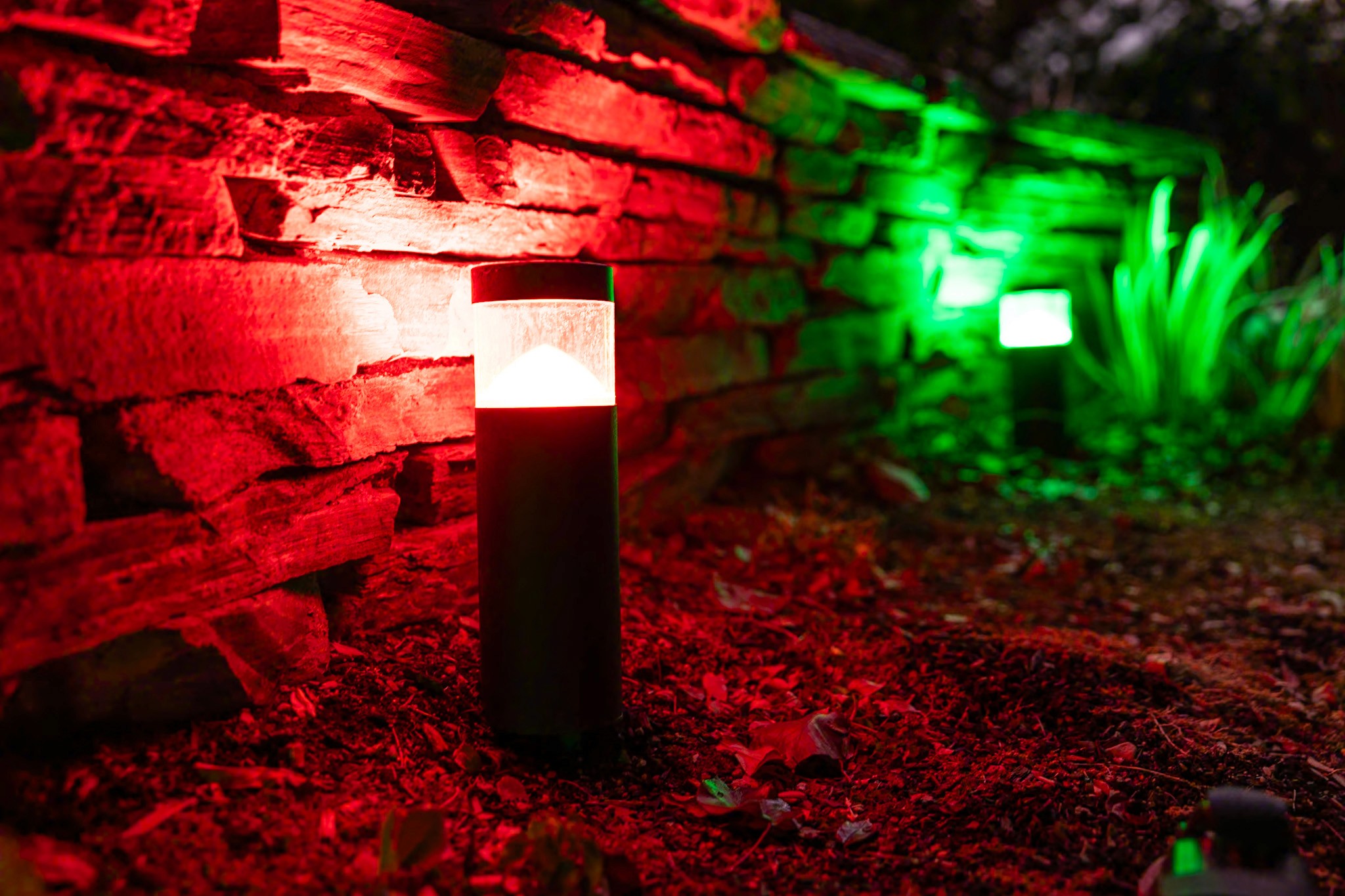





The Benefits of Outdoor Landscape Lighting
The Benefits of Outdoor Landscape Lighting
The Benefits of Outdoor Landscape Lighting
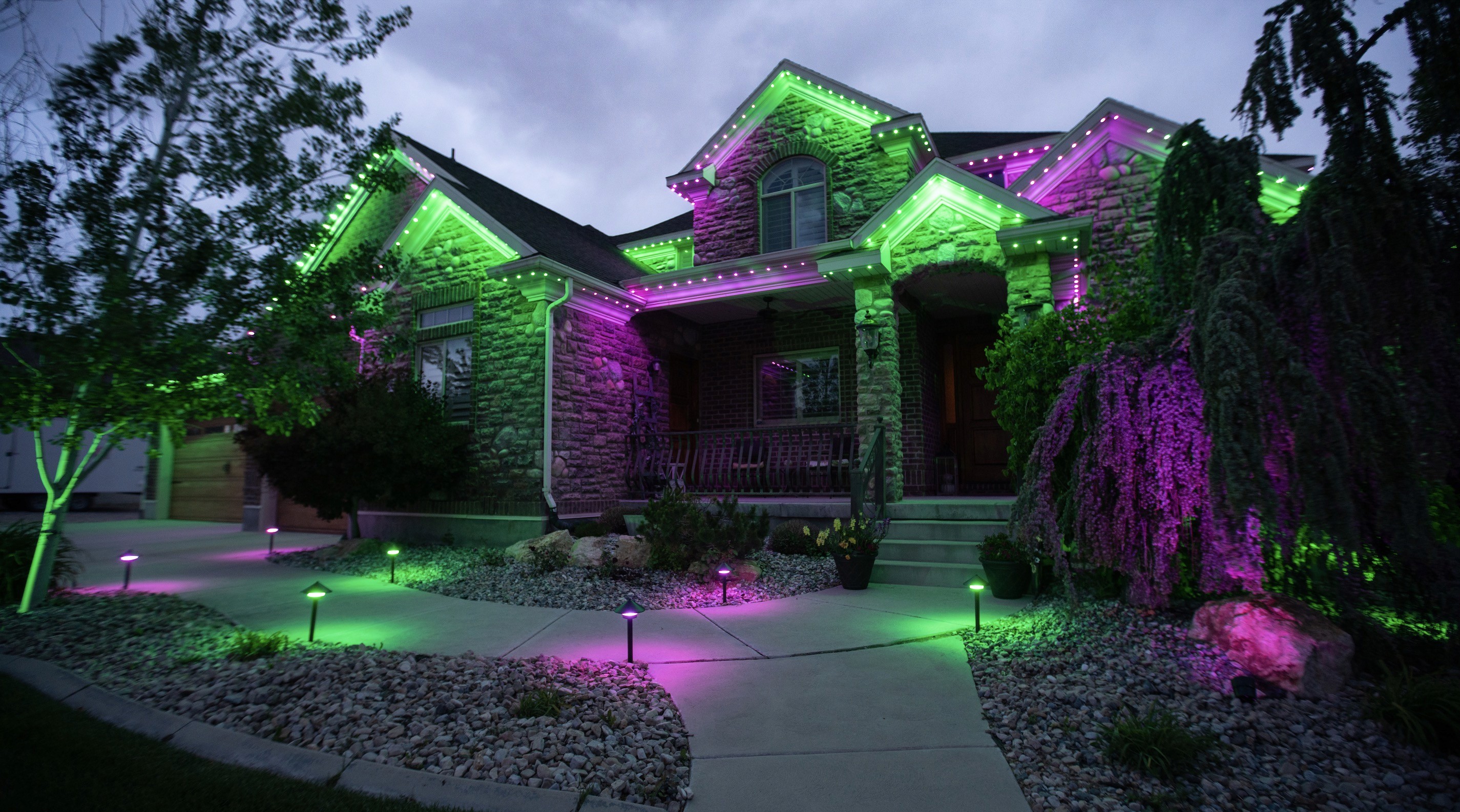





Exterior Home Lighting
Exterior Home Lighting
Exterior Home Lighting
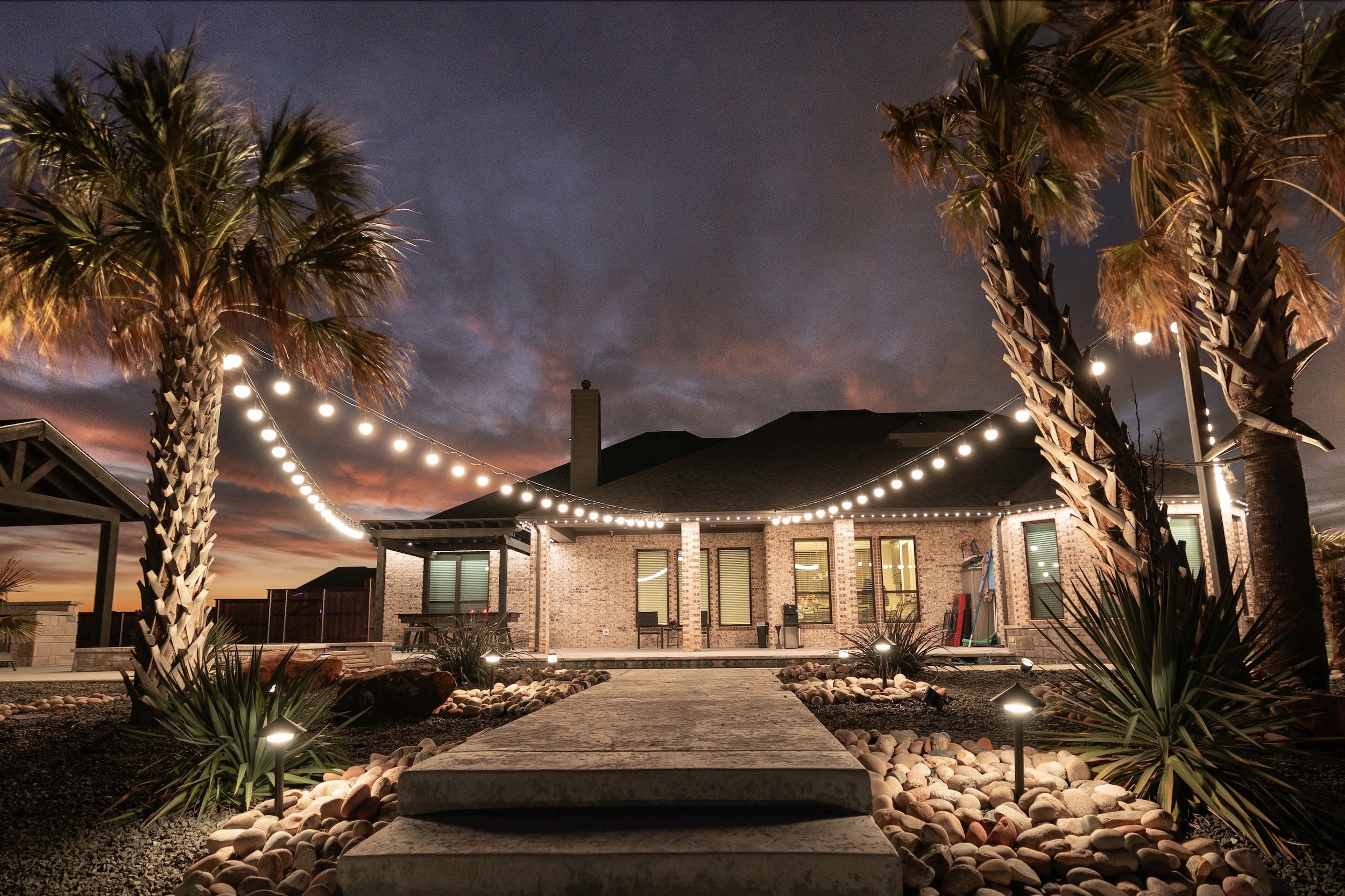





Get color-changing permanent Christmas lights today.
© 2025 JellyFish Lighting · All rights reserved · Patent #9506609
Get color-changing permanent Christmas lights today.
© 2025 JellyFish Lighting · Patent #950660
Get color-changing permanent Christmas lights today.
© 2025 JellyFish Lighting · All rights reserved · Patent #9506609